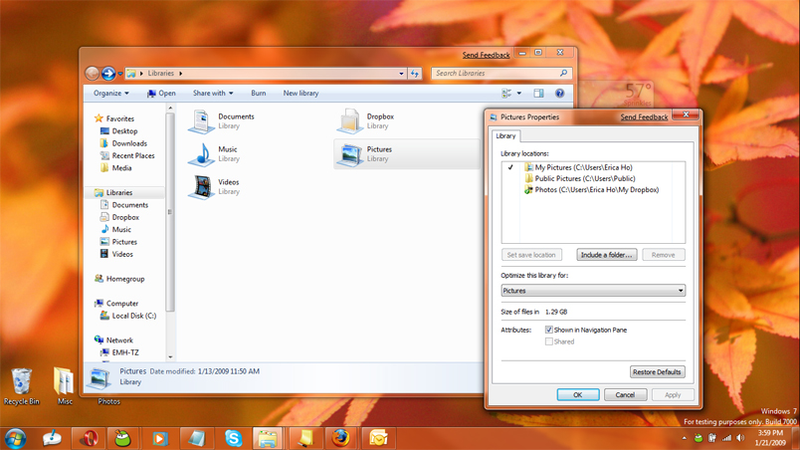

- #DX7 LIBRARIAN WINDOWS MAC OS X#
- #DX7 LIBRARIAN WINDOWS INSTALL#
- #DX7 LIBRARIAN WINDOWS DRIVERS#
- #DX7 LIBRARIAN WINDOWS MANUAL#
There are also transpose and double tempo options. The output can be routed to any MIDI channel and you can do other clever things, too, such as suppress the recording of performance control information so that you can cram more music in. It lets you hear what the sounds are like in situ. Here you can record a short piece of music which will play while you work through the other modules. These routines are particularly well designed and appear to be quite reviewer-proof as well as idiot-proof! A number of general commands operate in most parts of the system and all the disk handling routines are fairly similar even though they handle different types of files - a fact which need not concern the user. There are three main modules: the Sequencer, the Editor and the Librarian.
#DX7 LIBRARIAN WINDOWS MANUAL#
From there you can consult the manual and dig deeper into the bits of immediate interest. To help you get started, there is a 12-page Beginner's Guide which whisks you through the basics. It is mainly command driven with one or two key presses but access to the main modules is from menu screens.

System 7 was written in PASCAL by that awfully clever chap, Jethro Hill - not a lot of people know that. It also helps you to organise your synth voices and once you use a disk-based library system you'll wonder how on earth you ever managed without one. Its aim is not to teach you to programme - there are already a number of books on the market to do that - but rather to help you to programme. FM synthesis is not quite a chimpanzee's tea party and any help the programmer can get is to be welcomed.Įnter Joreth Music's System 7. Yamaha's DX7 and TX7 must be among the most difficult digital synths to programme. It's not just the fact that you only get one slider or a couple of plus and minus buttons with which to alter 1001 parameters, but each synth has its own set of programming rules and requires a lot more effort and understanding than your average analogue synth (remember them?).
#DX7 LIBRARIAN WINDOWS DRIVERS#
I don't think this will be a hardship since most MIDI drivers and applications are now built for 10.2.
#DX7 LIBRARIAN WINDOWS MAC OS X#

This makes it easier for me to distribute the code, and easier for others to build the code. Rewrote some code to remove dependencies on the Omni frameworks.

We now show checksums at the bottom of the sysex data in the details window, to make it easier to check if two sysex dumps are the same or different.syx" feature, just like the existing "save as standard MIDI file". A few older MIDI devices may need the speed to be turned down to work consistently. You can now change the sysex transmission speed, on a per-device or per-port basis.SysEx Librarian is now a Universal application.Aqua-style bubbles are out, flat design is in. Shows the full name of MIDI devices and ports, better matching other apps.(I received no reports of this bug from any users in the wild, so it was probably unlikely to encounter it in practice.) Fixed a bug on Macs with Apple Silicon (aka M1 or ARM) processors: when many MIDI messages were received at the same time, recorded sysex data might be corrupted.It looks much nicer, and lets you copy the data as either hex bytes or text, not both mixed together. SysEx data is now displayed using a view supplied by HexFiend, rather than plain text.
#DX7 LIBRARIAN WINDOWS INSTALL#
This works better with macOS’s current security systems, and makes it easier to install the app by dragging to the Applications folder.


 0 kommentar(er)
0 kommentar(er)
